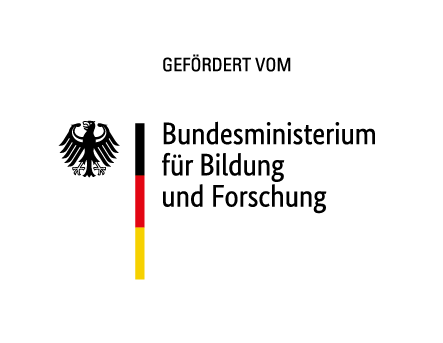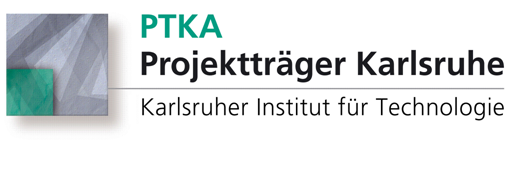
KoMoS: Model-Based User Interfaces for Distributed Self-Service Systems
Motivation and Challenges
Today, self-service kiosks offer a wide range of functionalities while becoming increasingly popular. These functionalities include entertain- ment and mobility, but also financial, administrative, and informational services. Generally spoken, an accel- erating pace of people’s lives results in a growing need for flexible, easily accessible products and services. Us- ers especially appreciate self-service kiosks if they are available 24/7 and for example facilitate conducting a fi- nancial transaction. At the same time, users expect self-service systems to feature a high degree of usability, in- formation security, and compatibility with their own personal electronic de- vices. These devices may allow for re- ducing the amount of hardware used for self-service kiosks by incorporat- ing them into the process.
The goal of the it’s-OWL-KoMoS project is to investigate concepts for efficiently developing self-service systems in multi-platform environments characterized by high adaptability of the user interface as well as the system's funcionality. Within the project the research group "human-machine-interaction" address issues of human factors, usability and user experience.
Procedure
In 2015 prototypes of distributedself-service systems have been developed based on previous results and according to human-centred design standards. These web-based prototypes allow for preparing the with-drawal of money from home or enroute using personal electronic devices. Thus, the user’s interaction with the cash machine is reduced to authenticating oneself and collecting the money. Furthermore, the prototype features a new form of authentication setting it apart from existing systems. Employing a build-in eye-tracker the user confirms his or her identity by focusing on symbols on the screen. Generally, symbols can be memorized more easily than number-based codes. Moreover, this procedure prevents the Software Quality Lab user from being spied out, commonly referred to as “shoulder-surfing”. Besides supporting the development of the prototype the research group "Human-Machine Interaction" conducted a number of studies on self-service systems. Further, the process of authentication via eye-tracking has been extensively investigated in terms of its suitability for the purpose and general acceptance by users. Addition- ally, the research group evaluated user interface designs from an early pro- totyping stage on conducting expert reviews and deriving advice from the results of these reviews.


